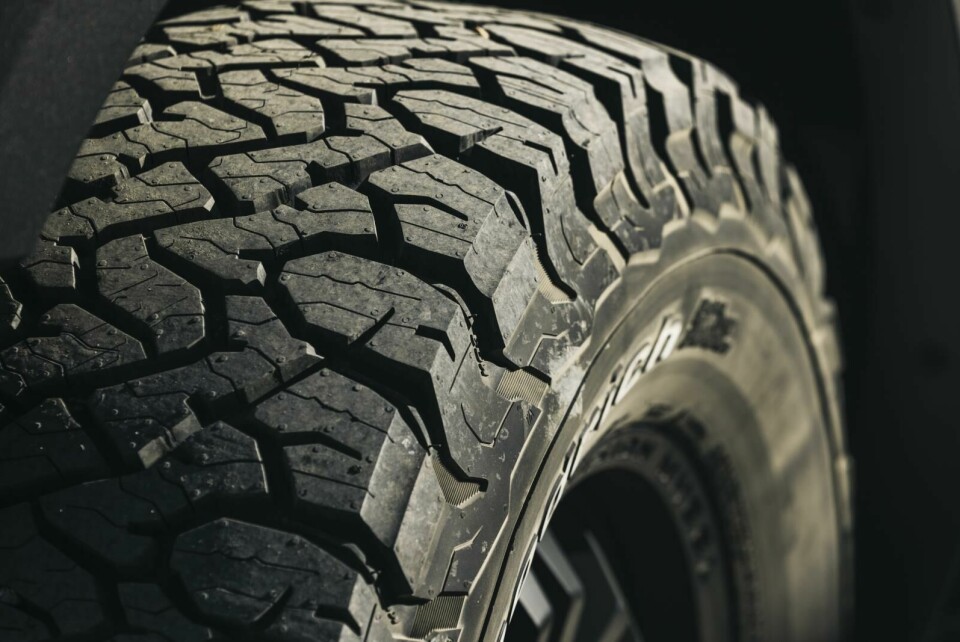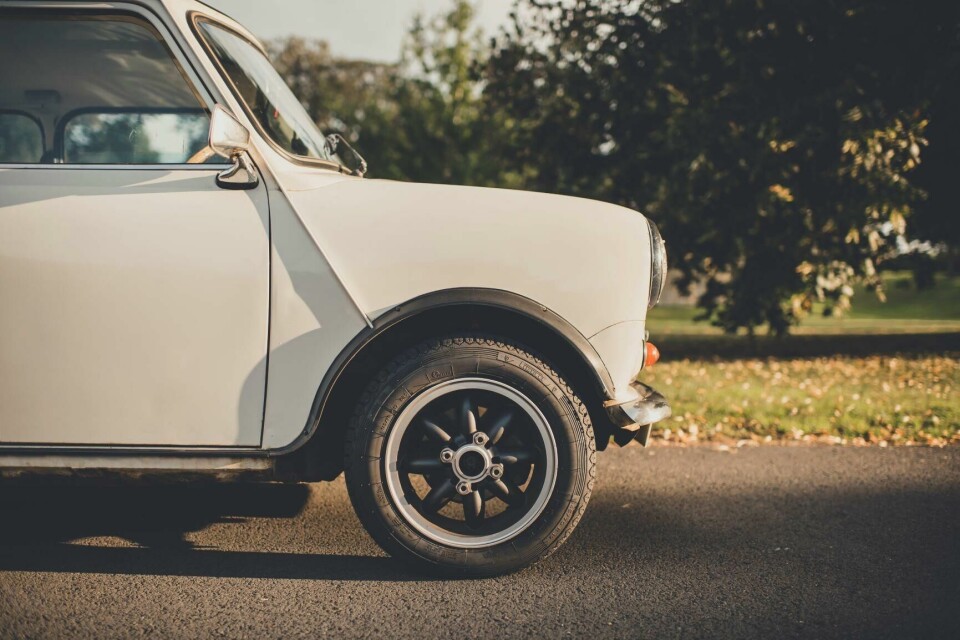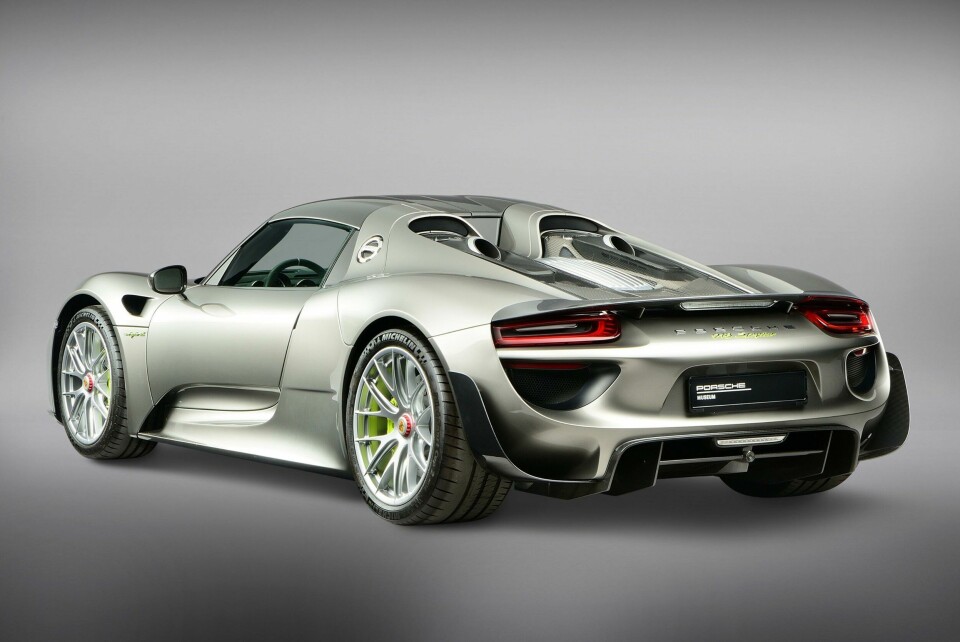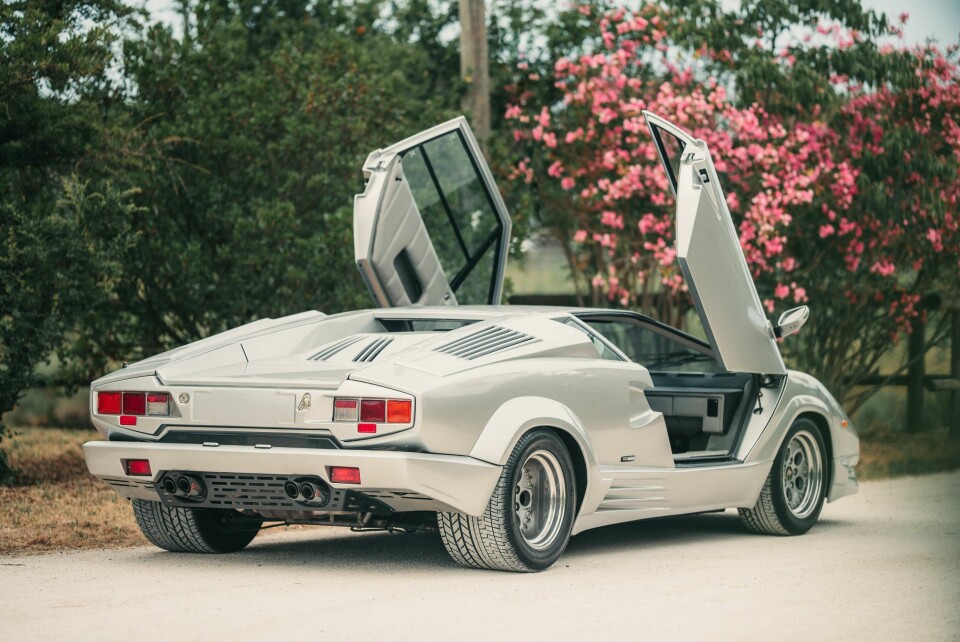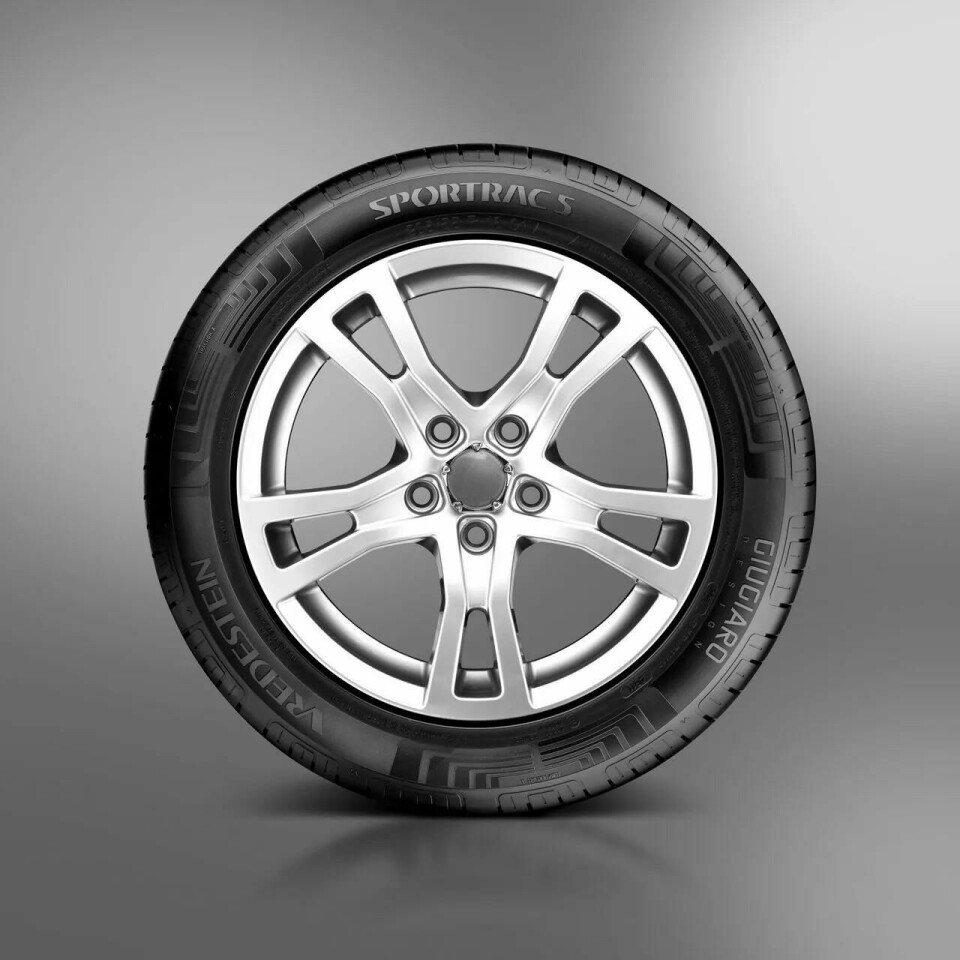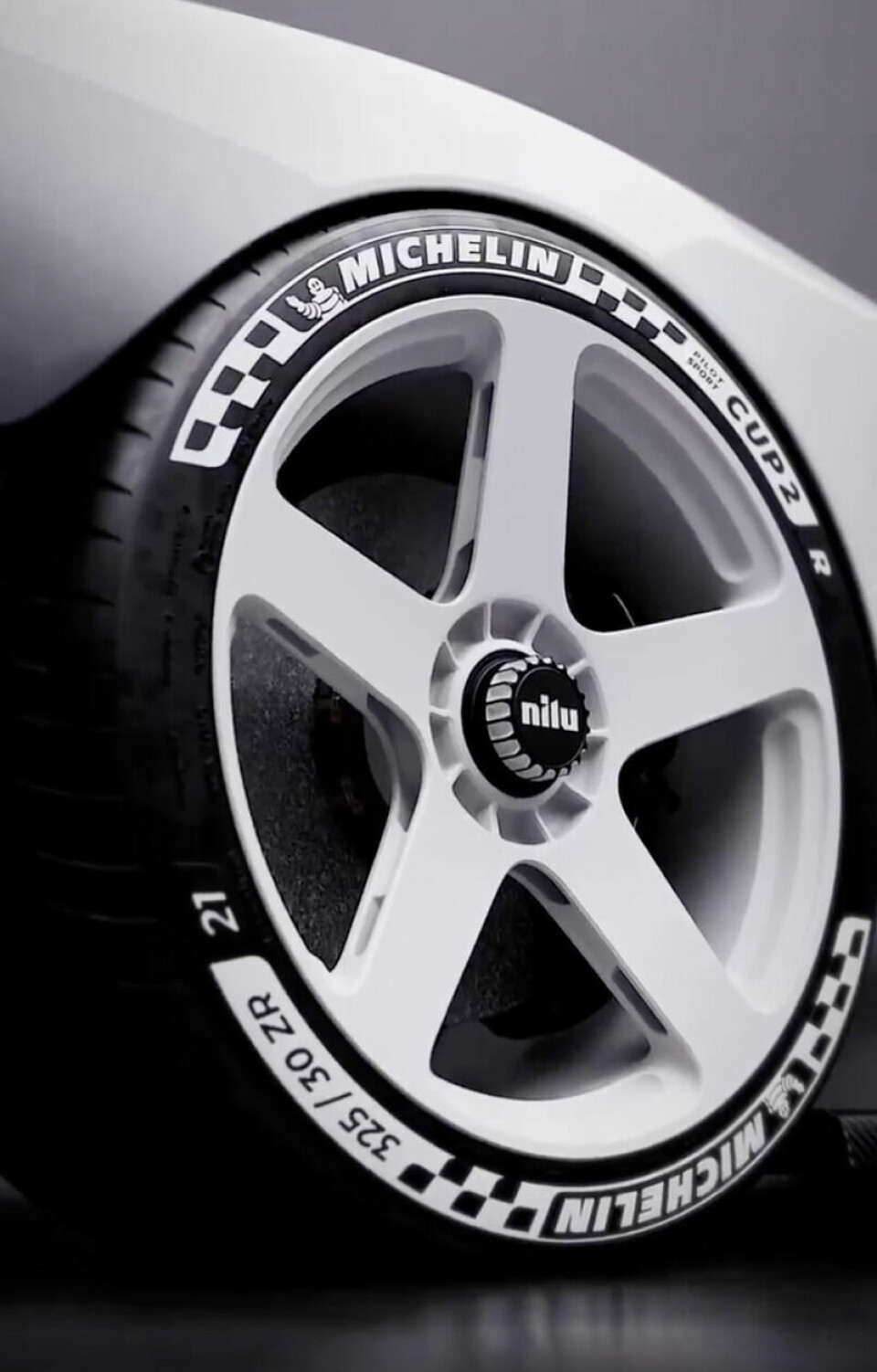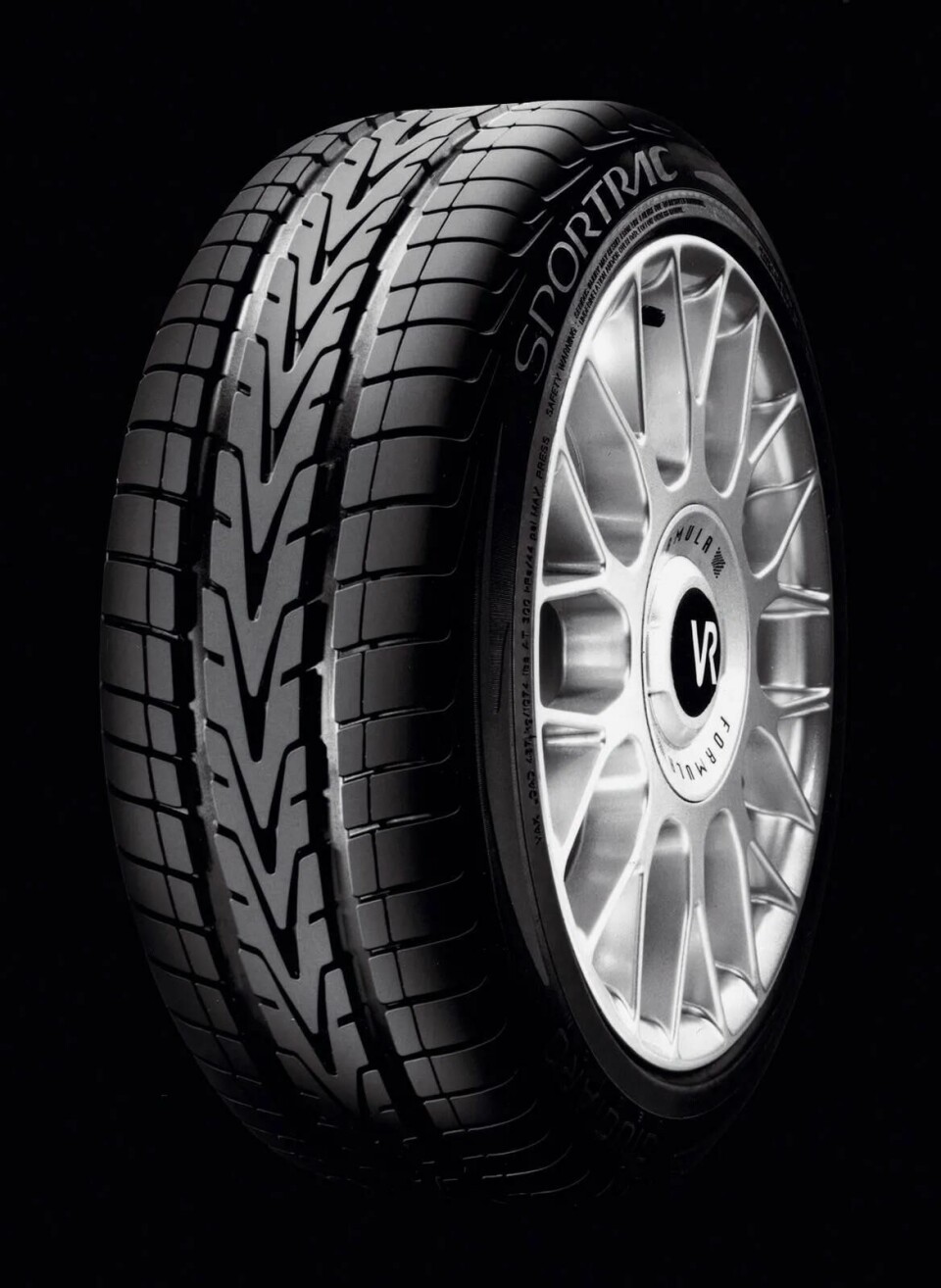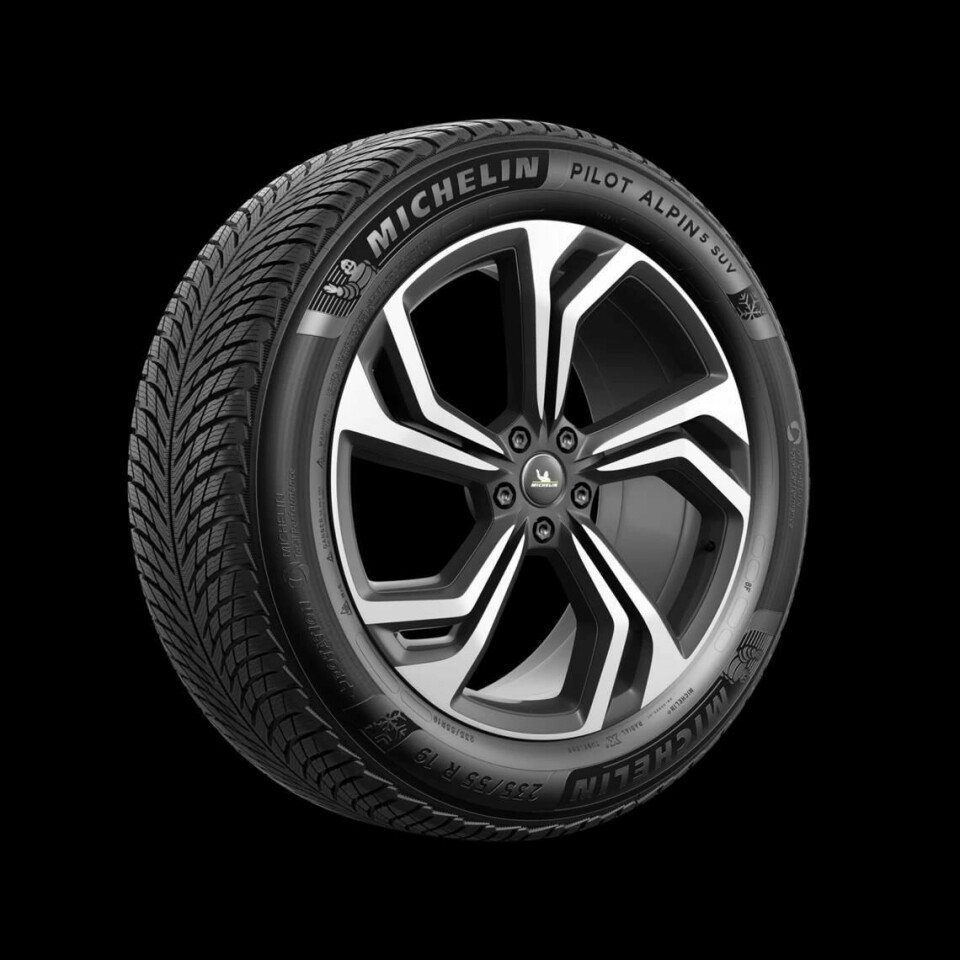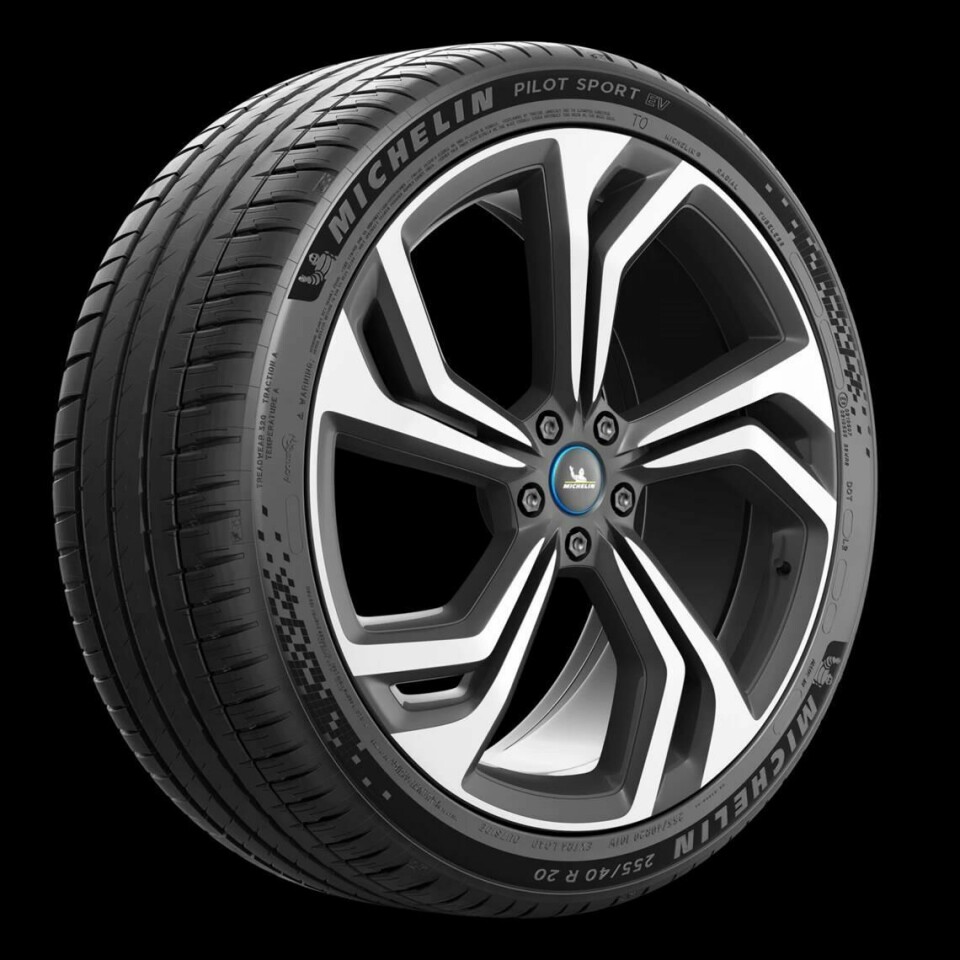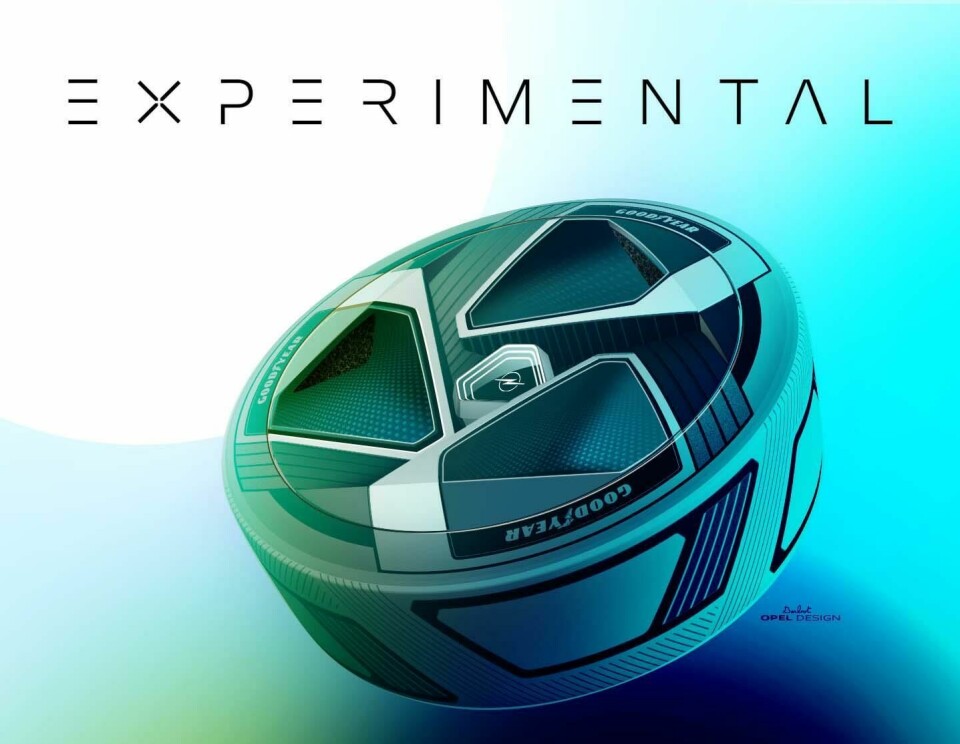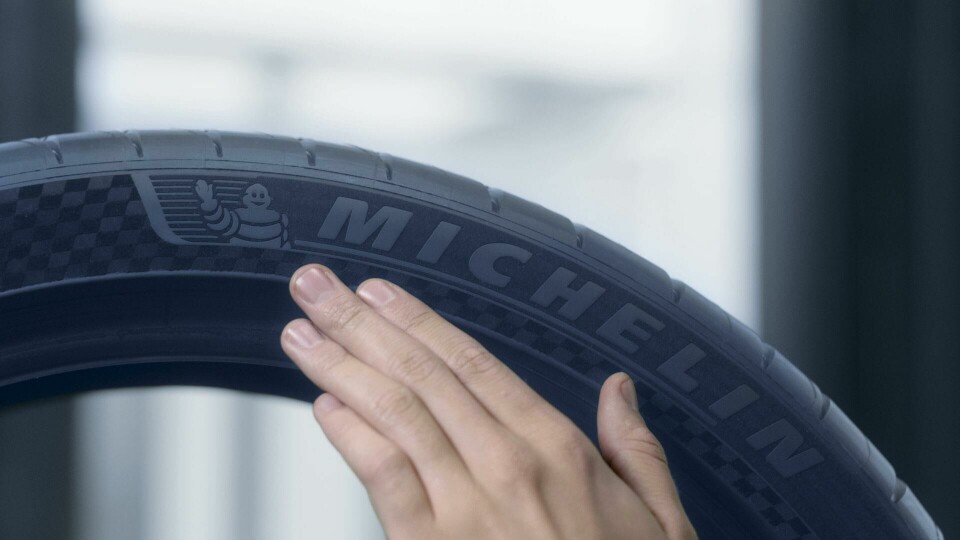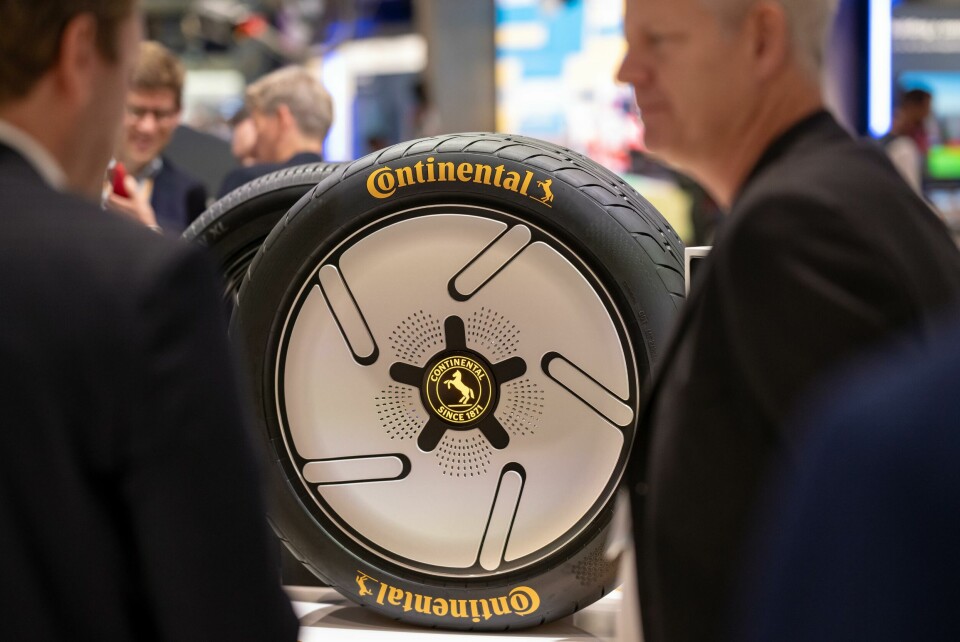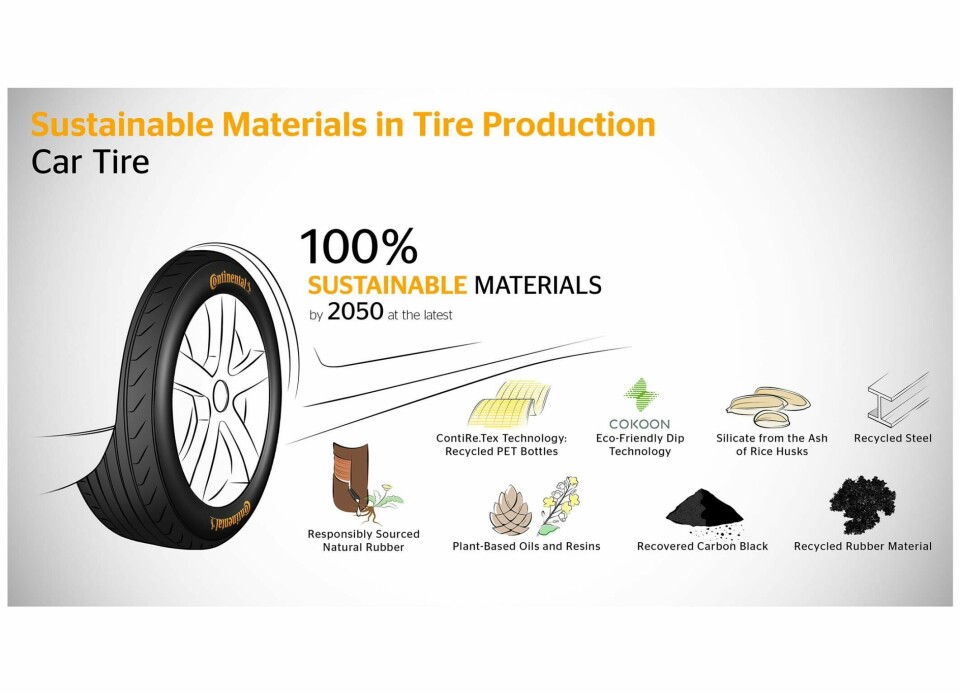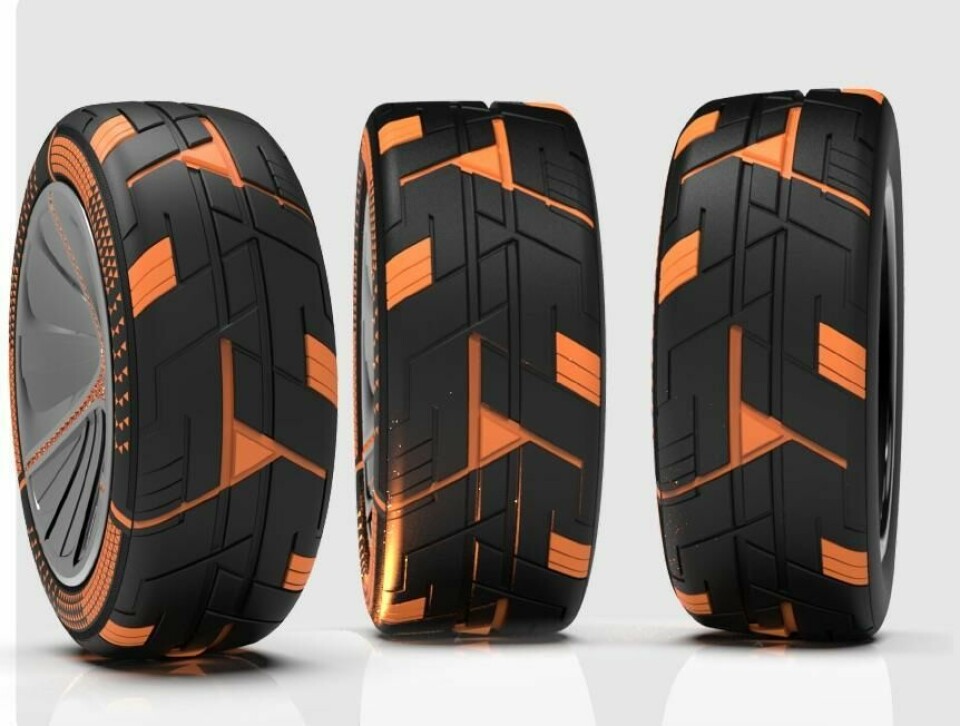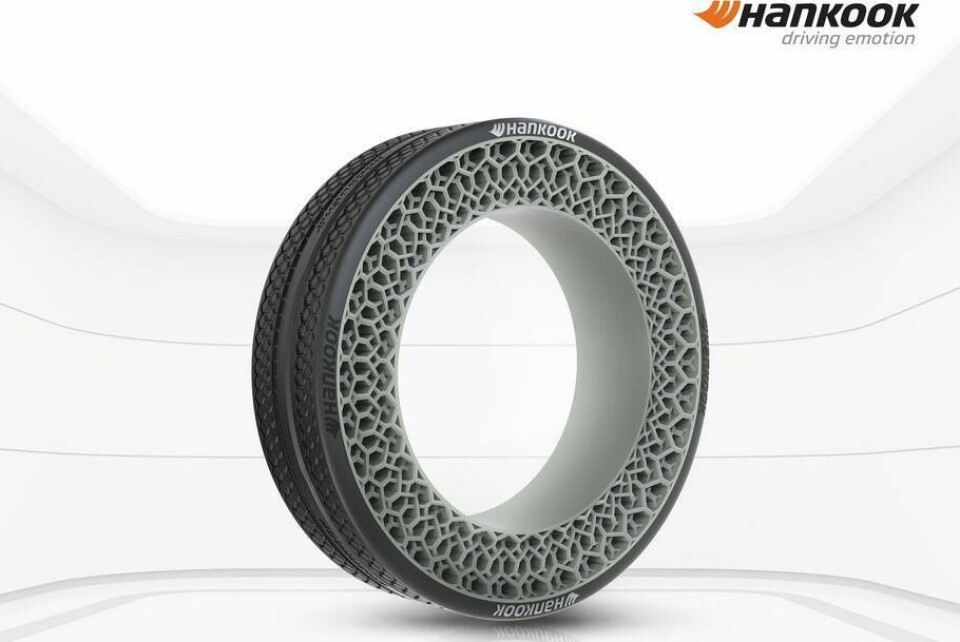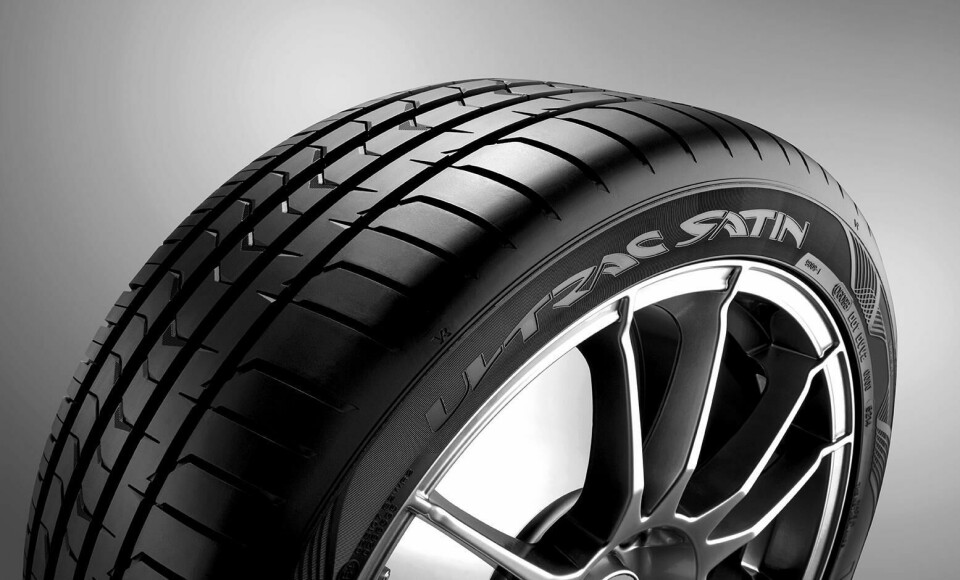
Suppliers and car designers have their say on the future of tyre design
Car Design News investigates the principles of tyre design and what room for innovation – and creativity – remains
The tyre is the only point of contact between the car and the road. Without it, the car cannot drive (not without a dazzling array of sparks from spinning-rim-on-asphalt).
Tyre grip has perhaps the greatest impact on braking and steering, not to mention ensuring the car whips off the mark at pace without losing traction. Tyres are inherently safety-related globs of rubber that are used, abused and replaced in much the same way as a set of brake pads. They are boring.
Why then, should enthusiasts care so much about the way they look?
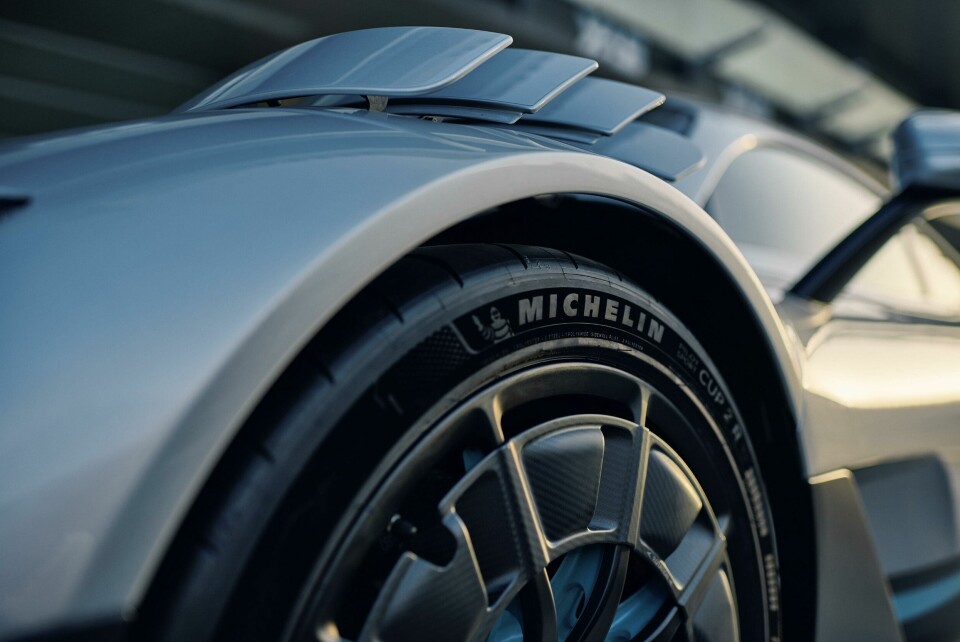
Speaking with suppliers, OEMs and indepenedent design houses, the hierarchy of priorities quickly becomes evident: even the most conservative of brands would opt for a luminous orange set of treads for their best seller if it meant better safety.
“While aesthetics plays a significant role in tyre design, design choices should never compromise the tyre’s overall safety performance, such as the ability to provide safe traction on the road, durability as well as sustainability aspects and noise emissions,” observes Peter Bogenschuetz, head of industrial design at Continental Tires.
“The goal is to provide solutions that will have no negative impact on the performances of the tire. Safety first,” agrees Matthieu Bonnamour, head of industrial design at Michelin.

As stated above, tyre design is driven by functional performance. The tread pattern, the sidewall depth, the compound – everything comes down to achieving the best numbers. But like many other functional elements of a vehicle – the front grille, the rear spoiler – this functionality comes with a particular look.
Fast road cars tend to have wider tyres with sharp slashes in the treads. Off-roaders have super thick sidewalls and deep, complex treads that eat into the terrain. EVs (certainly early iterations) bore narrow almost motorcycle-esque tyres for reduced rolling resistance. All-rounders tend to have some combination of all the above. Think about it – a low-profile tyre immediately denotes ‘sportiness’ while a thick sidewall suggests ‘ruggedness’. The car may as well hold a plaque saying “this is what I’m built for.”
Underlining this, Michelin’s Bonnamour says the thought process behind most tyre design projects is to reinforce the perceived relationship between a tyre and its place in the market.
“For example, aggressivity for a sport tyre, or robustness for a light commercial vehicle tyre, while keeping the spirit of the brand,” he tells CDN.
It should be like an authentication… a signifier of power
Tyres are inherently visible elements of the car, providing stance and filling the gap between wheel and arch. With the right proportions, tyres accent a carefully-devised design. This may be why – in this writer’s opinion – some of the most engaging tyre designs can be found within the realms of high performance.
“The tyre is the shoe of a supersportscar. They create the most intense relationship between design and performance,” notes Mitja Borjert, head of design at Lamborghini. He adds that tyres “immediately express the mission” of a car. He flags the Revuelto and Urus SE as recent examples, saying there is a “significantly improved” fit within the wheelarches, optimised “down to the millimetre.”
The squat proportions of the original Countach always spring to mind, too. The angular forms of the Gandini wedge contrasting with rounded, super-wide 345mm treads that are reminiscent of a drag racer. The softer edges and ‘plump’ look counter the hard angles of the exterior perfectly, and viewed from behind, add extra width to the silhouette. The same could be said for the DeTomaso Pantera, among many others.
“It should be like an authentication… a signifier of power,” says Italdesign head of design Joaquin Garcia. “Many cars are designed to be seen from the rear, for example when you are sat in traffic looking at the car in front. That view can really ignite a lot of passion, a lot of desire, for the car. It is a very important view to consider in the context of tyre design.”
Lamborghini design boss Mitja Borkert agrees. “Certainly, the design of the flank of a tyre immediately showcases what kind of mission that specific Lamborghini has: be a track oriented as the Huracan STO, or the extra-fun-to-drive rally cross character of the Huracan Sterrato.”

What then about the process of design? In many respects, the steps and considerations are broadly similar to conventional exterior design. “We look at every tread design detail in three dimensions,” says Bogenschuetz. “For example, we understand tread as a three-dimensional sculpture; sharpness and precision play an important role.” Michelin’s Bonnamour shares a similar view, describing the process as “adapting a functional sculpture to make it more expressive.”
While there do not appear to be any concrete ‘best practices’ in tyre design, each segment tends to share common traits. “For example, to express aggressivity, we know that it’s better to use straight or broken lines than curved lines,” says Michelin’s Bonnamour. “What’s important is that the design is well understood by the majority of customers.”

Indeed, suppliers do not necessarily design for single vehicles but for a range of models within a segment. In broad terms, they have to be a little generic – applicable across multiple brands and portraying a design that fits what the OEM is trying to communicate.
“In terms of aesthetics we do not adapt our tyre designs explicitly to one vehicle,” notes Continental’s Bogenschuetz. “However, we develop designs that emphasise the character of the brand and the product.” There are a few exceptions, be it for a show car or a limited model run, in which case they can be personalised with individual sidewall designs and, occasionally, an individual tread design.
But tyre suppliers do not work in isolation, often drafting in support from external design houses. At Vredestein, a relationship with Italdesign that began back in 1999 is still going, and recently resulted in a 25-year anniversary special edition tyre: the Ultrac Pro. To underline the level of artistic freedom in this kind of process, head of design Joaquin Garcia says the tyre is partly inspired by watches, with the horizontal slashes along the outside of the tread representing minute markers or ‘indices’.
While there is a little more freedom afforded to the sidewall, which is not in contact with the road, Garcia affirms that even with a collaboration like the one with Vredestein, performance trumps all: “On a high performance tire, the aesthetics of the tread is subordinated to the performance, and that’s totally fine.” Early examples from Italdesign and Vredestein featured ‘Giugiaro Design’ branding on the sidewall, and are desirable collectibles in themselves today.
Newer car brands have also made special effort to highlight the role of the tyre within the overall design. Sascha Selipanov’s independent hypercar venture, Nilu27 (via Hardline27) features Michelin Cup 2 R tyres, which alongside a “no-compromise commitment to performance, reliability and driving feel” are also “a perfect case of form following function […] adding to the powerful stance and presence of the NILU hypercar.” The car in question (teased in second image of the gallery above) will be shown at Pebble Beach this year.
Tyres have the unique ability to showcase exactly what a car was designed for
But how much innovation remains in this space. Are tyres simply a commodity that look the way they do, and there is not much more to it than that? Understandably, the suppliers we spoke to are holding their cards fairly close to their chest, but we do often see concepts – just like we do with cars – that suggest more is to come.
For example, at the 2015 Geneva Motor Show (RIP) Goodyear showcased new energy-generating tyres with an innovative tread pattern; a very similar-looking set appeared on the Opel Experimental concept in 2023 with coloured flakes in the compound “adding an extra layer of aesthetics.”
“We are continuously working hard to inspire our customers with new products, technologies and services in the future,” says Continental’s Bogenshuetz. “Innovative, unusual, and surprising product design will continue to play an important role. Sustainable materials, smart sensor technologies and new construction techniques will also have an influence on the look of a tyre. So, the future of tyre design remains exciting.”
Michelin’s Bonnamour is a little less enthusiastic, suggesting that “the possibilities to improve the design for the tread pattern are effectively limited because of the important technical constraints.” However, he adds: “For the sidewall area, there are more possibilities to test new technologies to improve the aesthetics like we have done with the Premium Touch Technology.” This describes the laser etching given to the sidewall, in this case creating the shape of a chequered flag.
There are airless tyres. Tyres that are built using recycled materials or with a high percentage of bio-derived matter. There are tyres with sensors, engraving, coloured pigments (none of which are necessarily new, but do give room for creativity) and tyres that are designed to suit the evolving needs of electric vehicles. This is all interesting stuff, but does little to explain why certain tyre sets feel ‘right’ and others ‘wrong’, and why aesthetics feel so significant.
Designers should see the tyre as an extension of body surfacing, another sculpted element of the exterior that has the unique ability to showcase exactly what the car was designed for. This is one of the more nebulus corners of car design, that’s for sure, but one that – if it is not already – we hope is now on your radar.
